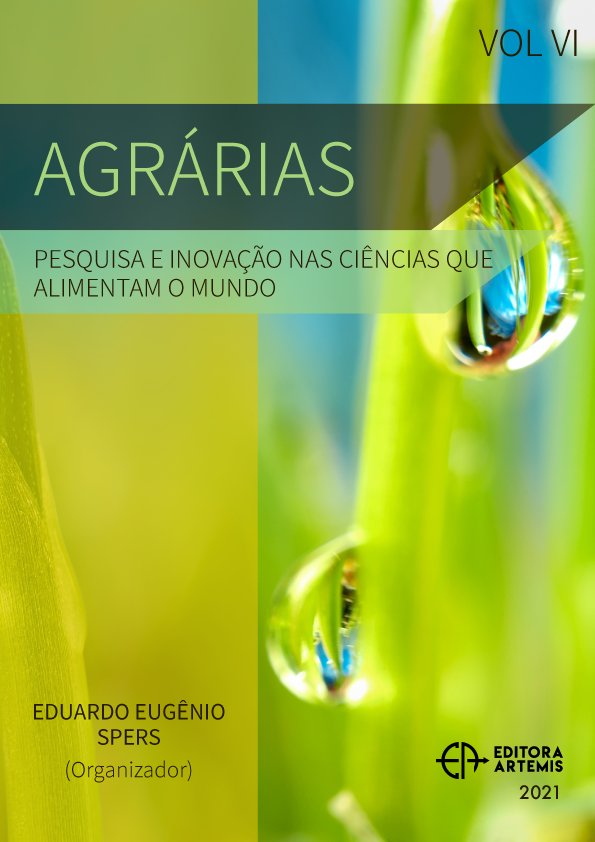
AVALIAÇÃO PRELIMINAR DA QUALIDADE DOS FRUTOS DE NOVOS CLONES DE MACIEIRAS DA CULTIVAR ´GALA´
A macieira (Malus domestica Borkh.) cultivar ´Gala´ é atualmente, no que respeita à produção de maçã, a segunda cultivar mais importante da Europa e a que apresenta maior crescimento mundial. A introdução de novos clones tem ocorrido de forma muito rápida, sem que seja conhecida a sua adaptabilidade às condições edafoclimáticas nacionais e a capacidade de resposta dos seus atributos a um mercado gradualmente mais exigente. A coloração da epiderme e os parâmetros relacionados com o sabor são cada vez mais procurados, acrescentando valor e procura comercial a este produto. Na base da seleção clonal estão também aspetos de natureza agronómica, como a produção, regularidade e intensidade da floração, precocidade da colheita, tamanho dos frutos, ramificação e hábitos de crescimento, entre outros.
Com o intuito de estudar a adaptabilidade agronómica e comercial dos clones mais recentes da cultivar Gala´, foi plantado um campo de ensaio em 2017 na ENFVN, Alcobaça, constituído pelos clones SchnigaÒ SchniCo(s), SchnigaÒ SchniCo Red(s), RedlumÒ Perathoner, Venus Fengal(s), Decarli Fendeca(s), StarÒ Galafab, Galaxy e Brookfield. Foram avaliados parâmetros físico-químicos, tais como o peso, a altura, o diâmetro equatorial, a dureza, a cor, a acidez titulável (AT), o pH e os sólidos solúveis totais (SST) e, ainda, o índice de qualidade à colheita (IQ=SST+10 AT).
De um modo geral, verificou-se que os clones Galafab, SchniCo Red e Redlum mostraram tendência a originar frutos com maior calibre e, consequentemente, peso médio. A análise físico-química evidenciou ainda um elevado conteúdo em SST, com um valor superior a 16 °Brix, nos frutos do clone Venus Fengal. Quanto à dureza, os valores mais elevados foram observados nos clones Galafab, Redlum, SchniCo Red e Brookfield, que apresentaram ainda frutos com maior acidez (5 a 5,3 g de ácido málico/L de sumo).
AVALIAÇÃO PRELIMINAR DA QUALIDADE DOS FRUTOS DE NOVOS CLONES DE MACIEIRAS DA CULTIVAR ´GALA´
-
DOI: 10.37572/EdArt_3004213547
-
Palavras-chave: maçã, sólidos solúveis totais, parâmetros físico-químicos, índice de qualidade, compostos antioxidantes
-
Keywords: apple, total soluble solids, physicochemical parameters, quality index, antioxidant compounds
-
Abstract:
The apple tree (Malus domestica Borkh.) cultivar 'Gala' is currently the second largest cultivar in Europe and the one with the highest growth in the world. The introduction of new clones has occurred very quickly, without enough knowledge about its adaptability to national soil and climatic conditions and the ability of their attributes to respond to a progressively more demanding market. The colour of the epidermis and the parameters related to taste are increasingly sought, adding value and commercial demand to this product. Several aspects of agronomic nature are also at the base of the clonal selection, such as the production, regularity and intensity of flowering, precocity of the harvest, size of the fruits, branching and growth patterns, among others.
In order to study the agronomic and commercial adaptability of the most recent ´Gala´ clones, an experimental field was planted in 2017 at ENFVN, Alcobaça, constituted by SchnigaÒ SchniCo(s), SchnigaÒ SchniCo Red(s), RedlumÒ Perathoner, Venus Fengal(s), Decarli Fendeca(s), StarÒ Galafab, Galaxy and Brookfield clones. Physical-chemical parameters such as weight, height, equatorial diameter, firmness, colour, titratable acidity (TA), pH, total soluble solids (TSS) and quality index at harvest (QI=TSS+10 TA) were evaluated.
In general, results showed that Galafab, SchniCo Red and Redlum clones produced fruits with larger calibre and, consequently, higher average weight. The physical-chemical analysis also showed a high content in SST, with values higher than 16 ° Brix in the fruits of Venus Fengal clone. Regarding firmness, the highest values were observed in the Galafab, Redlum, SchniCo Red and Brookfield clones, which also presented fruits with higher acidity, (5 to 5,3 g of malic acid/L of juice). -
Número de páginas: 13
- Claudia Sánchez Lara
- Miguel Leão de Sousa

